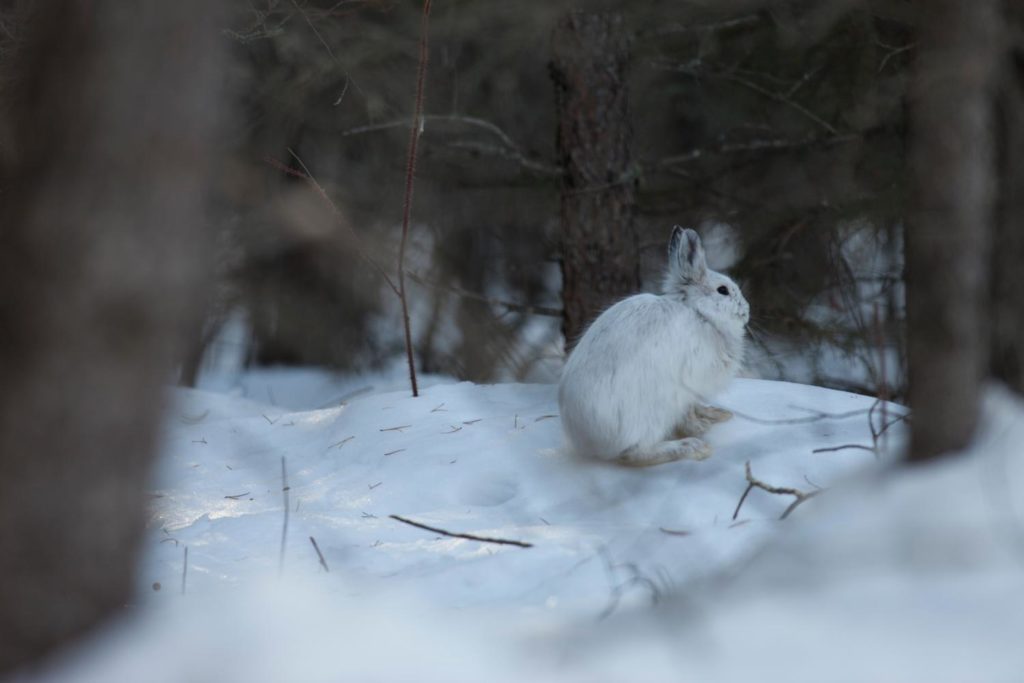
During this time of year, known as freeze-up, people usually stay close to home. But Dennis Keeper, Little Grand Rapids First Nation Guardian, reports that hunters and trappers are travelling greater distances than usual to prepare for the winter ahead.
A devastating fire has made moose and rabbits scarce, he says. “With no vegetation for the animals to eat, we have to go farther to find them. But we don’t have to go far to collect firewood.”
People in newer homes do not have wood stoves, but they do collect wood for outdoor fires. Those who live in older homes rely on wood for cooking and heating their homes throughout winter. A wood stove is a great asset, especially when the power goes out during a winter storm.
Pauingassi Guardian Colin Owens is confident that all members of his community will be warm this winter. Six men are hired to cut wood for those who are unable to cut it themselves, he says.
Stocking Up
Preparing for the long winter includes stocking up on meat. Little Grand Rapids was fortunate to harvest moose this year. They also had a good waterfowl season. “This will help the community,” says Dennis. “We’re just waiting for the ice to be able to go fishing.”
In Bloodvein First Nation, trappers are setting traps for rabbit, lynx, beaver and muskrat on just one side of the island. “They’re going out on the land to put out traps, but they can’t cross the river until it freezes,” Melba says.
Once the land is covered with enough snow, travel will be made easier with snowshoes and snowmobiles.
The fur of beaver, rabbit, lynx, fox and wolf is used to make warm mittens and hats. Rabbit fur is used as an extra layer for keeping your feet warm. Blankets are made out of rabbit fur and moose hide is tanned and made into durable outerwear.




